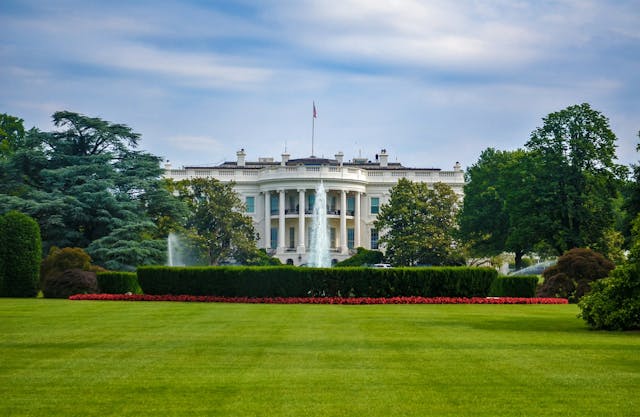Redistricting: the coming Democratic Supermajority?

In conjunction with Califonia's top two open primary system and term limits in the state legislature, the new legislative maps drawn up by the independent Citizens Redistricting Commission are certain to shake up the balance of power in Sacramento.
An analysis of the new district maps that have been drawn up by the Citizens Redistricting Commission and certified by the secretary of state reveals that the Democratic party could very well end up with a two-thirds majority in both the State Senate and Assembly. If the new maps survive likely challenges in the courts and at the ballot box, Democrats will have a clear registration advantage in 27 of the 40 state senate districts and in 51 of the state's 80 assembly districts. Though there are no state legislative districts in which an outright majority of registered voters are Republicans, there is a plurality of registered Republicans in 11 of the 40 state senate districts and in 21 of the 80 state assembly districts redrawn by the Commission. In addition, there are two senate districts and eight assembly districts in which the difference between Democratic and Republican registration is a mere four percentage points or less.
Currently, there are 25 Democrats and 15 Republicans in the State Senate. In the State Assembly, there are 52 Democrats and 28 Republicans. If the Democrats were to pick up two seats in each chamber, they would be assured the supermajority necessary to increase taxes and fees or suspend the school funding guarantee.
Two petitioning campaigns have already been launched by a Republican-backed group that seeks to overturn the newly drawn maps for the State Senate and US Congress by ballot initiative.
"The state Senate lines drawn by the California Redistricting Commission virtually guarantee a Democrat super-majority in the California State Senate in 2012. A successful drive to put a referendum on the June 2012 ballot is the best way to prevent this from happening," stated a recent fundraising letter sent out by GOP leaders including former Governor Pete Wilson, according to The Sacramento Bee's Capitol Alert.
However, the new group, Fairness and Accountability in Redistricting, is not opposing the newly drawn maps on purely partisan grounds.
"The commission has shown a lack of understanding about how lines should be drawn in accordance with the Voters Rights Act of 1965, often drawing maps that are open to lawsuits and have drawn sharp criticism from ethnic groups," states the organization on its website.
It further claims that:
"a well-intentioned process of drawing legislative districts has put Californians in danger of being misrepresented regardless of race, culture or political party."
One of the Republican members of the Commission has spoken out strongly against the newly-drawn maps. “This commission broke the law," said Commissioner Mike Ward in reference to its application of the Voting Rights Act in an interview with CalWatchDog.com. Ward was the only member of the Commission who voted against all of the proposed maps at its July 29th meeting.
There were fourteen members on the Commission: five Democrats, five Republicans and four decline-to-state voters. In order for any major decision of the group to pass, at least three Democrats, three Republicans and three of the Independents had to vote in its favor.
"Some people aren't happy with our final decisions," writes Cynthia Dai, one of the Democrats on the Commission, in an op-ed for the LA Times.
She continues:
"Politicians and political parties that no longer have the same safe districts wish we'd drawn different lines. But there are procedures for dissenters to voice their concerns at the ballot box or in the courts."
To get its initiatives on the ballot, Fairness and Accountability in Redistricting will have to collect more than half a million valid signatures over the next three months.




